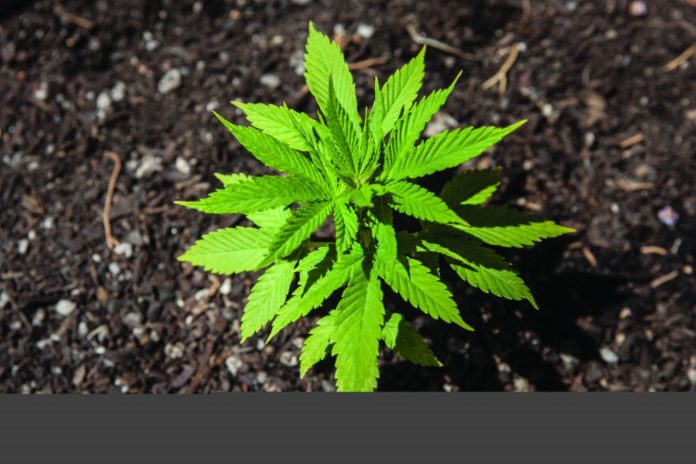The evolution of genetics and other factors is crucial to understanding the needs of modern cannabis production.
For thousands of years, natural selection and human intervention have impacted the evolution of cannabis, creating genetically unique strains around the globe. The intimate relationships between cannabinoids, terpenoids, and plant morphology adapted to a host of environmental and cultural factors long before modern man began selecting for aroma and bag appeal. Through a concerted effort to understand the complex relationships between all of cannabis’s elements, the industry’s constituents can restart the commercial cannabis production process by selecting varietals that best meet their needs.
Working together toward a common goal of creating a sustainable model for cannabis production and sales allows the international community to define cannabis cultivars most profitably grown in particular geographical regions or climate zones. Cooperation also helps the industry determine cultivars’ relevance in the marketplace. Canada has taken its first steps into the worldwide market with a government-approved system allowing licensed producers to cultivate cannabis and distribute their products internationally.
Other present-day cultivators are finding it difficult to compete with the black market because they failed to envision the complexities of the emerging legislative environment. Even though they are cultivating on a large scale, many producers cram an unnecessary number of cannabis varieties into one growing space. Most farmers of other crops dedicate much larger areas to a single variety. Growing the right plants under the right climate conditions and producing crops that have significant market value challenges all farmers, even those in cannabis-friendly countries with liberal growing laws. But what if Canadian growers had entered the medicinal cannabis industry with the most viable cultivars? They could have bred truly great varieties selected for producing specific medicines instead of selling substandard products that fail to meet patients’ needs.
A well-informed agricultural industry benefits from a close relationship with academic research, taking into consideration the sometimes not-so-subtle influence of government institutions. Such a system assists in selecting cultivars that best suit market demands. In the case of cannabis, yield, chemotype, susceptibility to mold and pests…all characteristics of each cultivar will become more relevant as the price per pound continues to fall and profit margins become thinner. It’s difficult to comprehend why the industry can’t breed strains that satisfy the majority of industrial and cannabis production needs. Heirloom vegetable seed and fruit tree catalogs offer a glimpse of the kind of system from which the cannabis industry might profit: From more than 7,500 apple cultivars, fruit farmers must decide which varieties are the most viable for mass production in their area. Unfortunately, the multi-billion-dollar cannabis industry is so fragmented that the chances of putting together a supportive body to assist in the implementation of legitimate cannabis agriculture will be challenging, to say the least.
Luckily, crowd-sourcing has produced an unimaginable amount of data from the vast community that has rallied around the beloved herb. Now comes the time for all community members to combine their efforts, search for the most appropriate varieties for all of cannabis’s many uses, and begin to move toward the formation of a cohesive, legitimate industry.
By Mojave Richmond
















